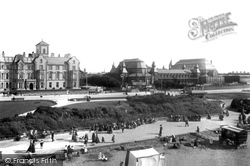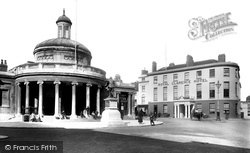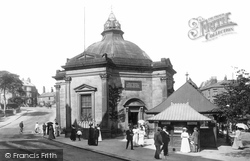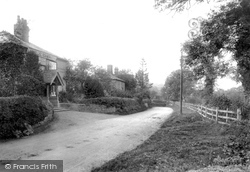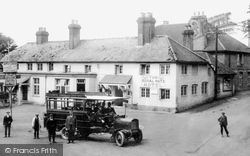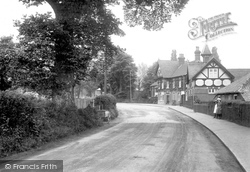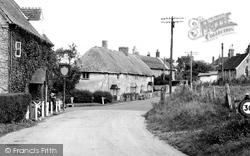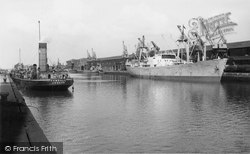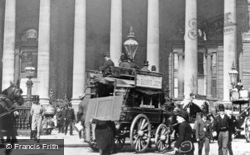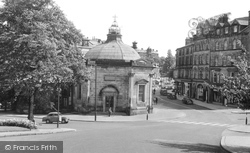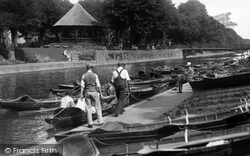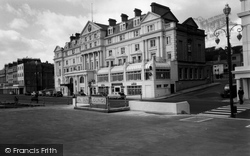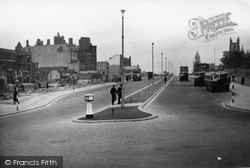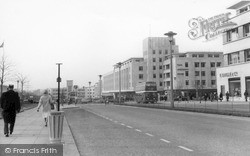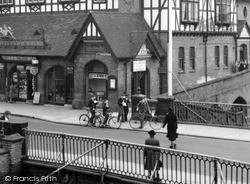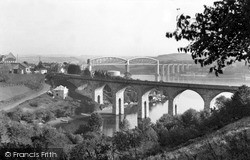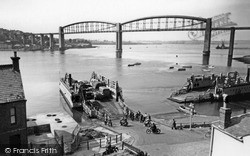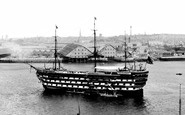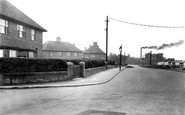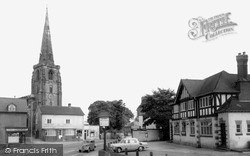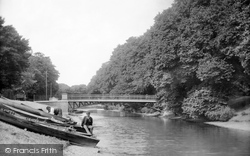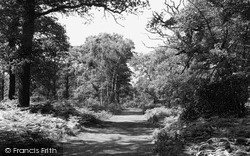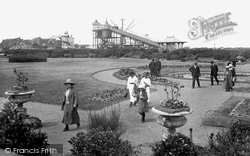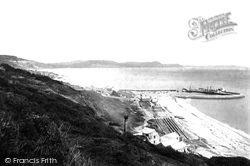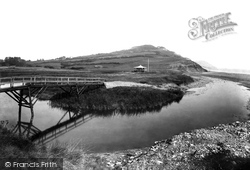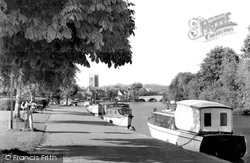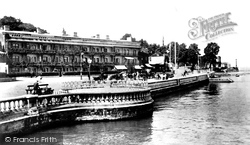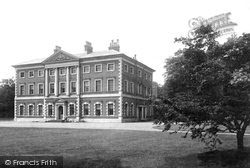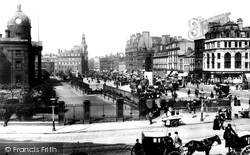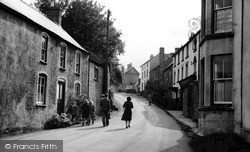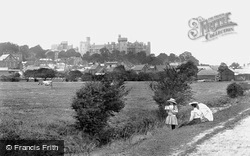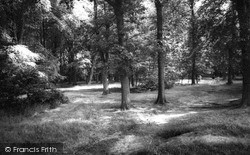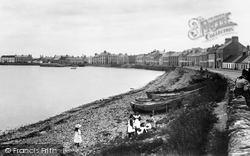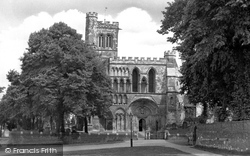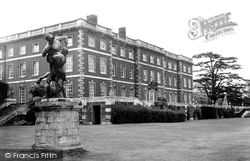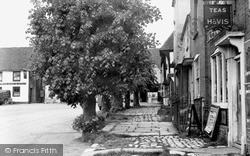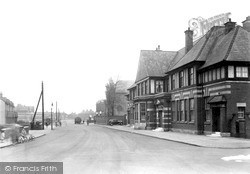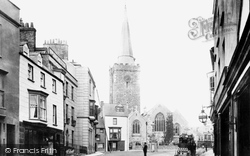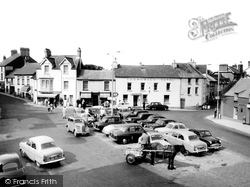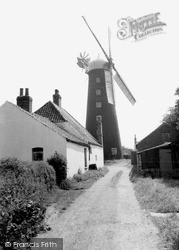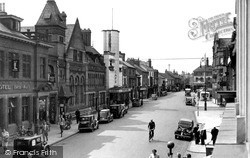Places
32 places found.
Those places high-lighted have photos. All locations may have maps, books and memories.
- Royal Wootton Bassett, Wiltshire
- Kensington, Middlesex
- Chelsea, Middlesex
- Sloane Square, Middlesex
- Kensal Town, Middlesex
- Farnham Royal, Buckinghamshire
- Easton Royal, Wiltshire
- Hook Green, Kent (near Royal Tunbridge Wells)
- Tollard Royal, Wiltshire
- Studley Royal, Yorkshire
- Notting Hill, Middlesex
- Royal's Green, Cheshire
- Manor Royal, Sussex
- Mancot Royal, Clwyd
- Park Royal, Greater London
- Royal Oak, Durham
- Royal Oak, Lancashire
- Royal Oak, Yorkshire
- Royal British Legion Village, Kent
- Preston, Wiltshire (near Royal Wootton Bassett)
- Hawkenbury, Kent (near Royal Tunbridge Wells)
- Stone Cross, Kent (near Royal Tunbridge Wells)
- Lower Green, Kent (near Royal Tunbridge Wells)
- Green Hill, Wiltshire (near Royal Wootton Bassett)
- St John's, Kent (near Royal Tunbridge Wells)
- Lower Green, Kent (near Royal Tunbridge Wells)
- The Common, Wiltshire (near Royal Wootton Bassett)
- Park Corner, Sussex (near Royal Tunbridge Wells)
- West Kilburn, Middlesex
- Knightsbridge, Middlesex
- South Kensington, Middlesex
- North Kensington, Middlesex
Photos
1,326 photos found. Showing results 721 to 740.
Maps
158 maps found.
Books
2 books found. Showing results 865 to 2.
Memories
992 memories found. Showing results 361 to 370.
Dunstaffnage The War Years 1942 45
In 1942 aged 5 due to my father being a shipwright in the Portsmouth Dockyard he was transferred to a satellite dockyard at Dunstaffnage where we stayed as a family until the war finished and we then moved back to ...Read more
A memory of Oban in 1942 by
History From 1954
My mother and father lived in Downton, Wilts, and my brother and I joined the Royal Marines, and were in 'A' Troop, 40 Commando. I became the Light Welter Weight Champion of the Royal Marines when I was a recruit at ...Read more
A memory of Charlton All Saints by
The Mining Community
Although I no longer live in Northumberland, I still have a soft spot for North Broomhill. I was born in School Row in 1943. From there we moved to Coronation Terrace in 1947 which was a complex of rudimentary row of two ...Read more
A memory of North Seaton in 1940 by
Loyal Order Of Moose
I would very much like to catch up with any members of the L O o M from the Paignton branch of that time, also any members of the Federation of Master Builders Torbay branch of which I was president in the mid 70s, in ...Read more
A memory of Paignton in 1959 by
Cirencester Abbey Woodchopping Competitions
My Father, Ken Mclennan, was in a Forestry Regiment of the Royal Australian Engineers posted to Scotland at the outbreak of WWII, prior to being deployed to New Guinea to fight the Japanese. Whilst in ...Read more
A memory of Cirencester in 1940 by
The Original Slum
In order to accommodate an addition to the family, my parents decided to move into an upstairs flat in Parker Street, Byker. The flat consisted of 3 bedrooms, a sitting room and a small room with a sink and gas cooker which served ...Read more
A memory of Byker in 1957 by
Memories Of My Childhood In Rossington.
My story starts on the 1st of March 1950, the date of my birth at Doncaster Royal Infirmary. My parents Jack & Mary Flather lived in Old Rossington at 65 Haigh Crescent, living with relatives (Guy) ...Read more
A memory of New Rossington in 1950 by
St Mary Chuch
I live in the USA, but my home was St Marychurch, a special place run by Catholic nuns during World War 2. I was barely two years old, and I was brought there with my five-year-old sister by my aunt, because my father was ...Read more
A memory of St Marychurch in 1943 by
Eckington Parish Church
I grew up in Eckington in the 1950s and 1960s. My father, Emerson, and his father, John Henry, were coal merchants in the village. My father was a member of many church activities in his youth as well as being a brass ...Read more
A memory of Eckington in 1958 by
Captions
986 captions found. Showing results 865 to 888.
The church is built of a grey sandstone; the scraping of the interior has left it somewhat dull, but relieved by the royal arms dated 1684 above the chancel arch.
The Royal Military Canal was constructed in the early 19th century; its purpose was to transport military personnel along the most vulnerable stretch of Kent's coast in the event of a French
As early as the 10th century, this vast tract of wooded landscape was known as 'sher wood', meaning 'the wood belonging to the county or shire', and by the 12th century it was a royal forest subject
Opposite the police station is the Alexandra public house, and to its left the Castle and Royal Oak hotels, both registered in the 1770 rate book.
Of local hotels, the RAC- and AA-listed Royal (Birkdale) was the biggest, with 220 beds and garaging for 35 automobiles. The Victoria is listed as having 100 beds and garaging for 5 cars.
The factory site became a Royal Air Force base for operating air-sea rescue craft and bombing range launches during the Second World War.
Here a Royal Air Force coastal radar station slipped down the cliffs on 14 May 1942. Its concrete and brick remains are entombed in the undercliff.
We start in Marshmill Meadows park, and then go past Hobbs and Sons' southern boatyard and chandlery, with the Salter's Steamers 'Goring' taking on 1950s passengers, and Royal Mansions, once an hotel
Almost next door is the Royal London Yacht Club, which was formed in London in 1878. Part of this classical building was the home of Dr Hoffmeister, surgeon to Queen Victoria.
Lytham Hall then passed into the hands of the Guardian Royal Exchange insurance company.
Horse-drawn ambulances, taxi cabs, flat wagons, and even a horse bus were used to convey the patients down to the new Royal Infirmary on Oxford Road.
In the days when the Forest of Dean was a Royal hunting ground, St Briavels was its administrative center; the legacy of this former importance continues to the present time.
Robert de Belesme is thought to have begun building the circular stone shell keep; the work continued under Henry I and Henry II after Arundel had become a royal fortress.
It was Royal Forest for a time, but it was confirmed as common land by Edward I.
A busy port became the Royal Mail route, and then came the beautifully-engineered harbour and a lighthouse. That was nearly 80 years before this photograph was taken, and it was the days of sail.
Regular royal visits and jousting tournaments added to the attraction of being sited close to the crossroads of the Watling Street and the Icknield Way.
Enclosed from Enfield Chase in 1777, and acquired by royal physician Sir Richard Jebb, Trent Park covered some two hundred acres.
Queen Anne stayed here in 1704, and her royal coat of arms is displayed above the front door. The church is partly Early?English but mostly 14th century, with nave, aisles and two chancels.
Land around here was once one of the royal hunting grounds. The White Horse, a chalk hill figure, was carved in 1857. It is still a major attraction and can be seen for miles.
This small town was built in a radial pattern, and soon contained all the ingredients of urban life - the Co-op opened in 1915, the Royal Hotel (right) in 1921, and the Methodist church beyond it in
Note the painted wooden Manchester Warehouse Co. sign under the chimneys on the left, the ladder against the building further up the street, and the Royal Gatehouse Hotel carriage on the right
The Royal Oak, part of which can be seen on the right has the claim to fame of reputedly being the place in which the official surrender of the invasion was signed on 22 February 1797.
That night they see a ray of light shining out of the baby's mouth as he sleeps, and they discover a royal birthmark on his shoulder.
Lights were also blazing at the Theatre Royal in Market Street and at the Empire cinema in the Cattle Market.
Places (32)
Photos (1326)
Memories (992)
Books (2)
Maps (158)


